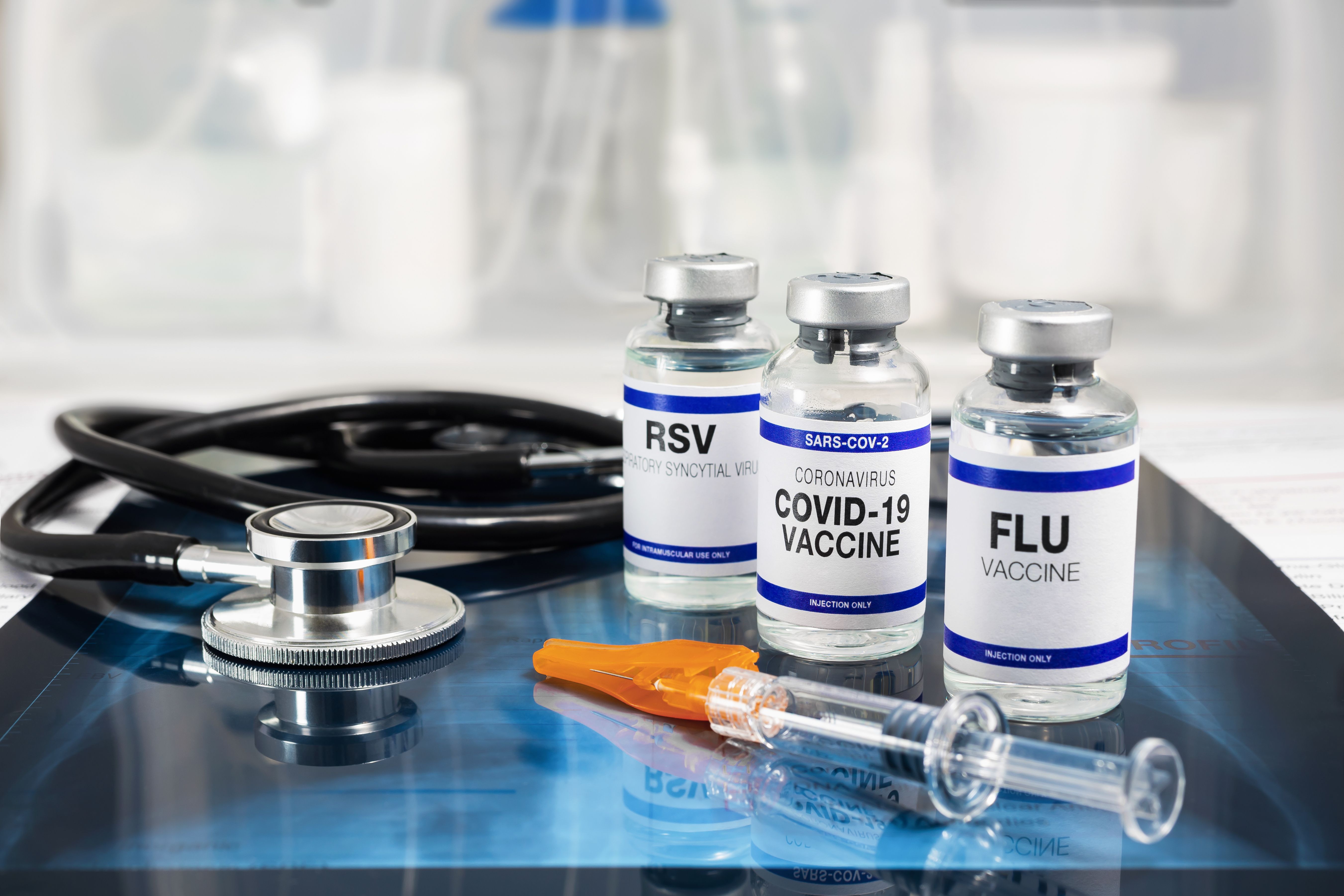Article
Experts Raise Questions, Potential Answers About Why COVID-19 Has Drastically Changed RSV Epidemiology
Author(s):
The prolonged lack of viral exposure has likely increased the pool of children and adults vulnerable to respiratory syncytial virus, but questions remain.
The COVID-19 pandemic significantly changed the epidemiology of respiratory syncytial virus (RSV) in children, but the reasons remain unclear, according to the authors of a recent article published in eClinicalMedicine.
Image credit: angellodeco - stock.adobe.com

RSV is a leading cause of acute respiratory tract infections in young children, with infants younger than 6 months of age at a higher risk of severe disease. RSV typically causes bronchiolitis and may also present as apnea in young infants. Although newborns are relatively protected by maternal antibodies, these wane quickly and vulnerability peaks at around 1 to 2 months of age.
Before the COVID-19 pandemic, detection of RSV followed a predictable pattern each year, with epidemics peaking during winter months in temperate northern regions. Because humans are the only known reservoir of RSV, viral transmission is largely dependent on seasonal changes and behavioral factors, such as traveling, indoor gatherings, and population density.
In the first year of the COVID-19 pandemic, cases of RSV plummeted worldwide, largely as a result of aggressive implementation of non-pharmaceutical interventions, such as social distancing. As these measures were gradually relaxed, many areas saw varying degrees of off-season resurgence of RSV. For example, Australia reported an atypical surge during the summer months, as well as a shift toward older children presenting with symptomatic infections. Subsequently, other areas of the world also reported resurgences of cases, with interregional variability in intensity and clinical severity.
To explain this resurgence, the Pediatric Infectious Disease Group proposed the concept of “immunity debt.” Based on this theory, the lack of immune stimulation by viruses during 2020 and early 2021 may have increased the pool of immunologically vulnerable individuals, and particularly children, resulting in increased disease severity.
Data from the Vancouver metropolitan area support this theory, showing that infants and women of childbearing age had a decline in neutralizing RSV antibody titers over a 1-year period of extremely low RSV rates in Canada, between May and June 2020, and February and June 2021. In contrast, no decrease in RSV T cell immunity was detected in adults during the same period.
These findings suggest that antibody-mediated immunity against RSV may have decreased, resulting in lower maternal antibody protection at birth, more immunologically naïve children younger than 2 years of age, and increased vulnerability. Although this theory seems plausible, the authors did note that it lacks evidence supporting other proposed mechanisms, so it may be more exact to refer to decreased RSV immunity at the population level, rather than calling it an “immunity debt.”
Another theory is that the circulation of multiple respiratory viruses may have resulted in more interactions between the viruses, including an increase in viral co-infections or super-infections. Interactions between viruses can have both additive or subtractive effects. Available evidence from experimental models do not support that a SARS-CoV-2 infection or co-infection enhances RSV cytopathogenicity, however, and SARS-CoV-2 triggered weaker antiviral innate immune responses in cell cultures compared with RSV.
Epidemiological studies have also reported a relatively low prevalence of SARS-CoV-2 and RSV co-infection, which does not support the theory that prior or concurrent SARS-CoV-2 has led to greater detection of RSV or more severe disease. The authors concluded that co-infections are too infrequent to explain the excess hospitalizations and intensive care admissions in children with RSV.
Another theory holds that SARS-CoV-2 infections may have induced immune dysregulation in children, increasing their susceptibility to other respiratory viruses, such as RSV. For example, a small study found that 15 patients who recovered from COVID-19 had a lower percentage of un-switched memory B cells and lower CD19 expression upon B cell receptor stimulation of B cells compared with healthy controls between 10 and 12 weeks after infection. However, the Australian experience of a large-off season resurgence of RSV before COVID-19 had significantly spread among children argues against this theory.
Finally, the authors said it is possible that conditions linked to the COVID-19 pandemic may have allowed the emergence of more transmissible or virulent RSV strains, although current data do not support this. RSV sequences from symptomatic patients during the surge in November 2022 in the United States showed that 90% of cases were caused by RSV-A and 10% were caused by RSV-B.
With all of these remaining questions, the authors said more research is needed to understand why the epidemiology of respiratory infections has changed since the COVID-19 pandemic. The prolonged lack of viral exposure has likely increased the pool of vulnerable children and adults, but robust research is needed to understand how the different factors combine and interact.
REFERENCE
Abu-Raya B, Paramo MV, Reicherz F, Lavoie PM. Why has the epidemiology of RSV changed during the COVID-19 pandemic? eClinicalMedicine. doi:10.1016/j.eclinm.2023.102089.
Newsletter
Stay informed on drug updates, treatment guidelines, and pharmacy practice trends—subscribe to Pharmacy Times for weekly clinical insights.






